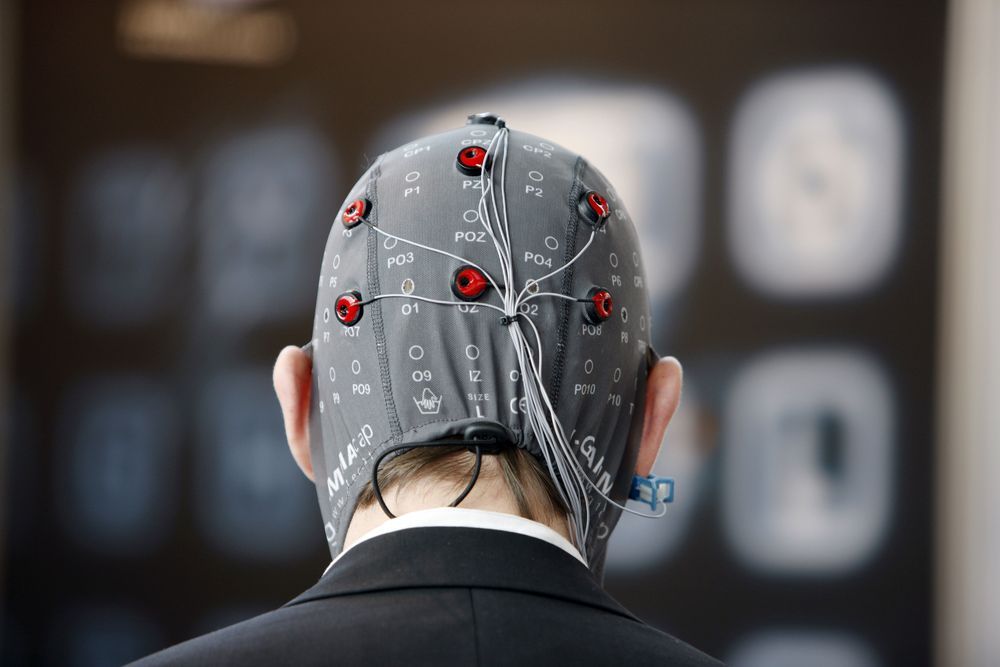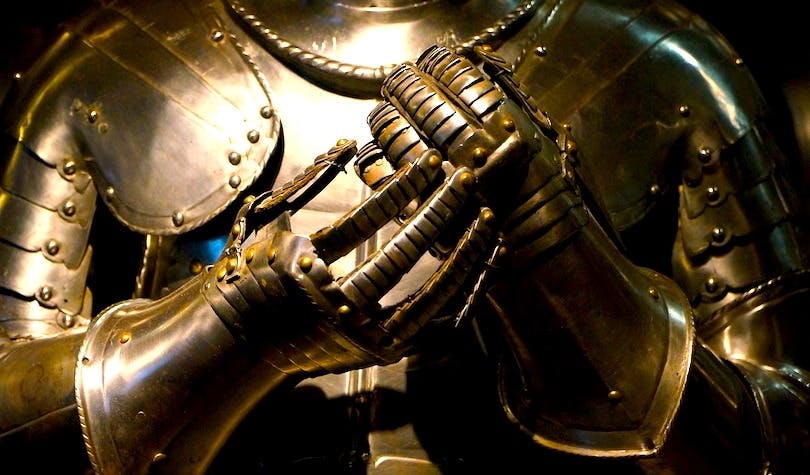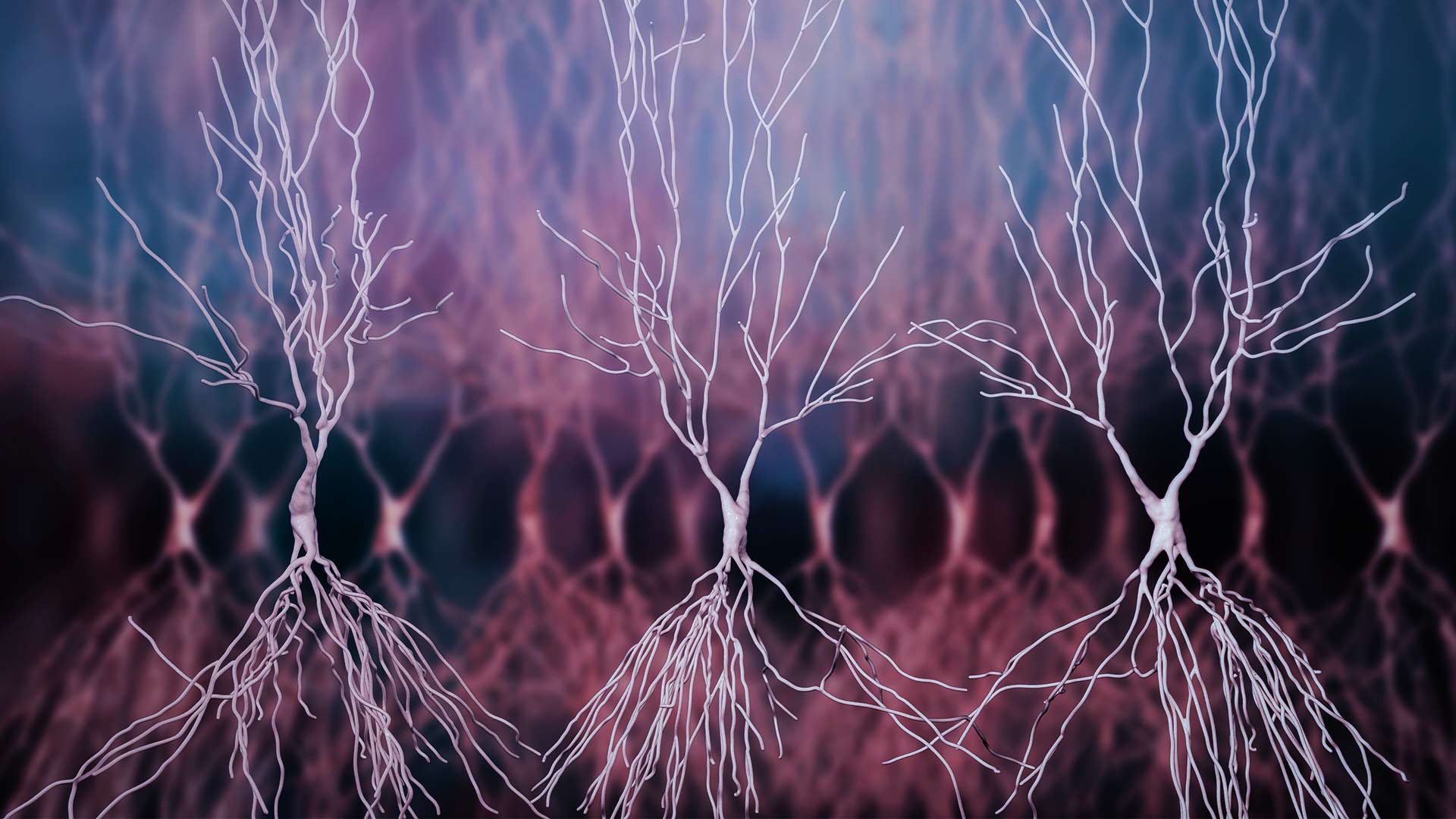It might already feel like social media is taking up too much of our mental space, but just wait until it’s literally inside of our brains.
Physicists and neuroscientists have developed the world’s first “brain-to-brain” network, using electroencephalograms (EEGs), which record electrical activity in the brain, and transcranial magnetic stimulation (TMS), which can transmit information into the brain, to allow people to communicate directly with each other’s brains — a new and thrilling (and a little terrifying?) example of science fiction brought to life.
Researchers at the University of Washington in Seattle announced last week that they successfully used their interface, which they call BrainNet, to have a small group of people play a collaborative “Tetris-like” game — with their minds.








